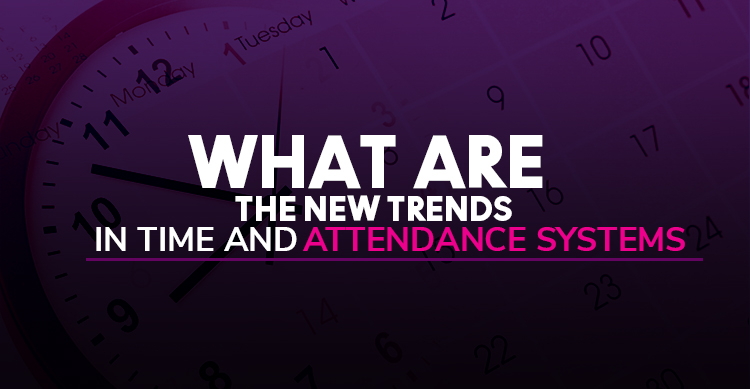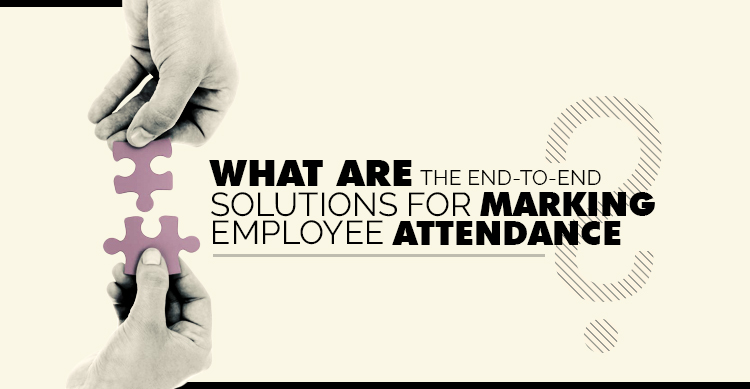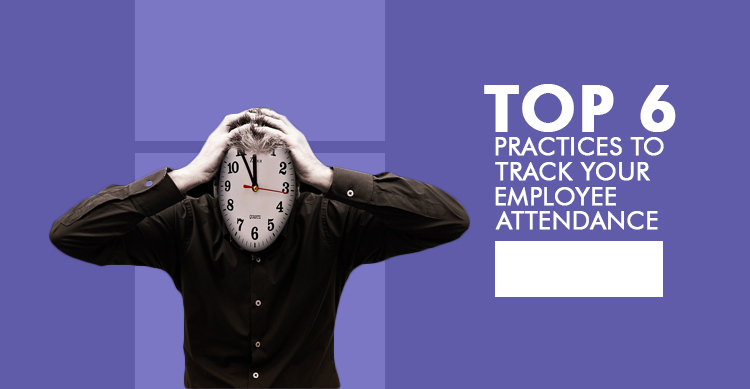Some business leaders like to maintain a work culture that is free from the rules of time. This is because they don’t want to be that person, who keeps a check on what time every employee enters the office.
Other business leaders ignore it when employees are being tardy or absent because they don’t wish to hamper their relationships with them. Whatever the reason, if employees are constantly late with frequent absenteeism, it is important to discuss this behaviour. Here’s why:
Other Employees Get Affected
If a team member is absent, others on the team have to make up for the missing employee’s work. This can become stressful since some employees have to constantly do more work than they need to.
Effect on Company Reputation
When employees are missing often, the team tends to fall behind. Deadlines are not met. In certain cases, you would end up losing an important contract. As a result, your company’s reputation will be at stake for not being able to deliver as promised.
Lowers Employees’ Morale
With time, employees tend to have resentment towards their employer. They notice that employee X is not facing any repercussions for the absenteeism while they are working harder than they need to. Bitterness among co-workers is also common leading to a lower morale.
In simple words, absenteeism can cause major obstacles to the success of a company. When you take into account the costs of lost productivity, temporary labor, and lowered morale, the price of absenteeism is quite substantial.
Absenteeism must be addressed at the earliest. However, certain business leaders still do not understand its enormity. They realize the impact of absenteeism only when it is too late.
They usually just discuss the issue with the offending employees and take their word for being regular from now.
But there’s no guarantee that they’ll stick to their word. And so there is a need to create a clear approach that can curb absenteeism.
Let’s take a look at 12 surefire ways to deal with employee attendance issues:
1. Have a policy
Prepare an employee handbook mentioning all the policies you wish to implement for absenteeism. Spell out the processes of reporting specifying what employees need to do if they are late or absent. Write down the disciplinary action that must be enforced in case of frequent absenteeism.
2. Collect information
When you sit down to have a dialogue with the employee, make sure all the data is ready with you. Have the dates and times written. Employees cannot deny their absence if you have the data in hand.
3. Address the problem casually
If you notice an employee coming late, discuss the issue with them casually. This is how you could start, “Hey, I know you got late to work a couple of times this month. It’s important that you focus on your timings and attend work as scheduled.
If it is getting tough, please report it as per our policies so that the issue can be looked into. Take a look into the employee handbook for better understanding.”
4. Tell them you’re concerned
Employees don’t appreciate supervisors that question with a doubt. They prefer employers that show some concern.
Once you’ve casually discussed the issue with first-time offenders, follow it up with a conversation like this: “As defined in our policy, we get concerned when we do not know why you didn’t come to work on a particular day. Please remember to always inform us.” This keeps the employees from getting defensive.
5. Start a discussion
Give your employees the chance to share their views and provide solutions. They could be facing an adverse challenge causing poor attendance. Ask them if everything is okay with them and if there’s anything you can help with.
6. Make accommodations, if possible
An employee could be getting late to work because of personal responsibilities. For instance, he/she may need to drop children to school. See if accommodations can be made to give them some relaxation.
If it works for your business and does not cause any inconvenience to the other employees, arrange for a more flexible schedule.
7. Formal counseling
If the behaviour is not rectified after casual conversations, take it up by a notch with formal counseling. This could be done with the immediate senior or the HR executive. Clearly specify the attendance management system and the consequences that employees will have to face if absenteeism is not taken care of.
8. Accountability
Create an accountability process at all levels. Employees should know who they need to turn to in particular situations of tardiness. Furthermore, conduct meetings with supervisors to discuss the implementation of policies and the different situations that require employee attendance management.
9. Give annual leave in Hours
When you manage absence in time, it gives employees better leave entitlements. They remain aligned with the needs of the business. For instance, if an executive needs a one hour off to visit the doctor, request for a full day would be a waste. Count the annual leave in terms of hours and offer your employees better flexibility to manage their work timings.
10. Tell them they’re important
Sometimes employees do not realize the impact of their absence to business progress. Show them how much time has been lost and mention what they could have done for the company during this time. Encourage them by showing how valuable their contribution is to the company.
11. Identify triggers of stress
Stress is also one of the common factors causing absenteeism. Find out if your employees are frequently absent because of work stress. Ask them what they would like to do to combat the stress. Organize weekly/monthly activities of interest that keep the employees motivated and give them a chance to relax in between busy work schedules.
12. Consult the advisors
HR professionals must take medical advice if an employee is frequently absent on account of medical emergencies. These situations need care and attention since violating employment laws can be troublesome.
These above-mentioned ways will help you curb the rates of absenteeism and ensure that your workforce is much happier.






